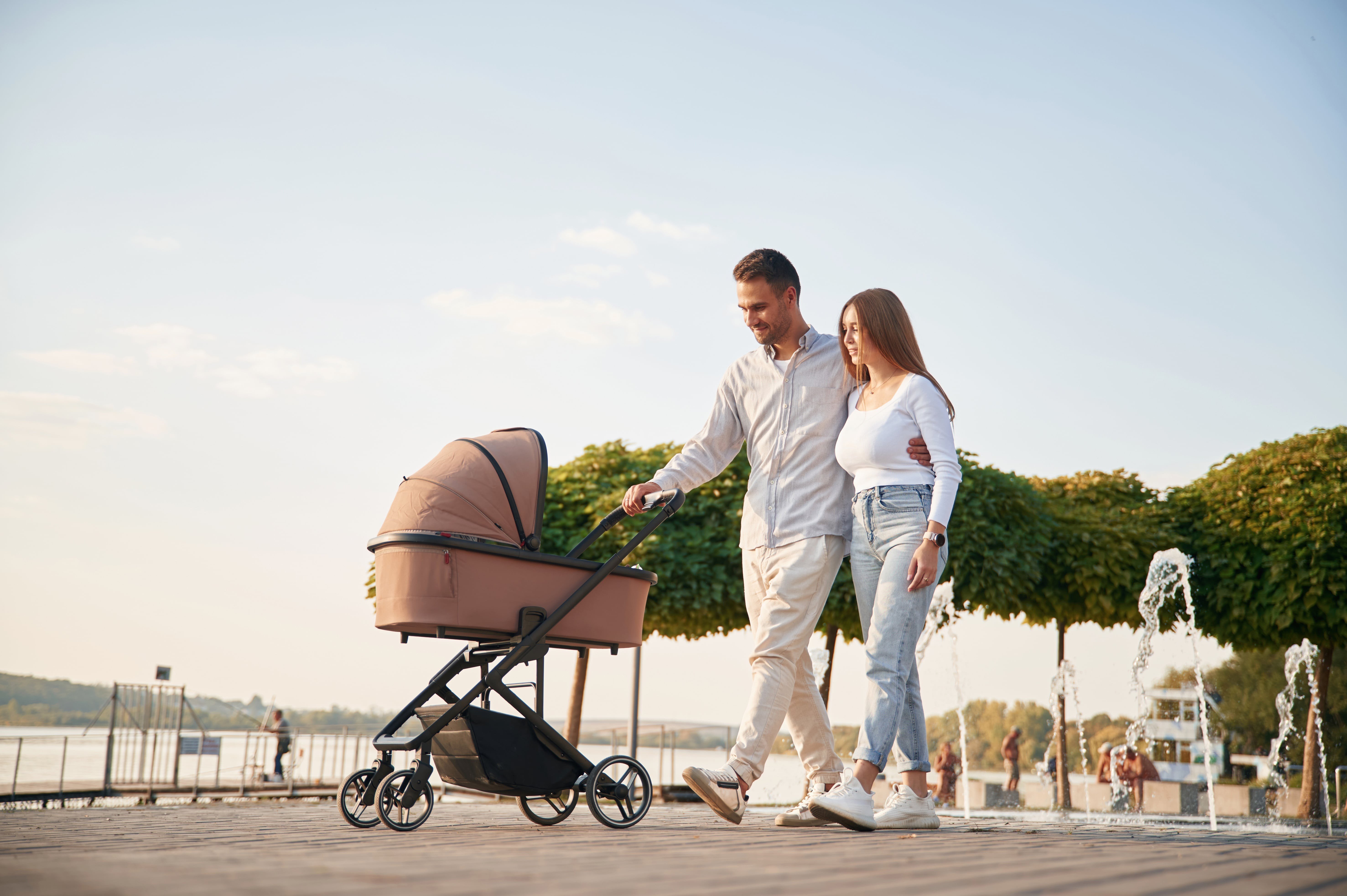The No. #1 Question That Everyone In Pram To Stroller Should Be Able Answer
Transitioning from Pram to Stroller: A Comprehensive Guide for Parents
Navigating the world of baby equipment can be frustrating for new parents, specifically when it pertains to picking in between prams and strollers. Both serve essential functions, but they are created for various requirements and phases of a kid's development. This post aims to inform moms and dads about the transition from prams to strollers, laying out the benefits and factors to consider while offering practical pointers.
Comprehending Prams and Strollers
Before diving into their differences, it's important to understand what makes up a pram and a stroller.
Prams:
A pram, short for perambulator, is normally designed for infants as much as around six months old. It includes a flat, cushioned sleeping area and is primarily intended for carrying very children. Prams are developed for comfort and safety, as newborns require to lie flat to support their spinal column and organs.
Strollers:
Strollers, or pushchairs, are designed for slightly older kids who can stay up unaided. They come in various styles and setups, from light-weight umbrella strollers to heavier-duty models suitable for rough terrains. Strollers are more versatile and much easier to maneuver in crowded areas, making them a popular choice for active families.
Benefits of Transitioning from Pram to Stroller
Increased Mobility and Convenience
Strollers are normally lighter and more compact than prams, making them much easier to maneuver through shops, public transportation, and crowded locations. The majority of strollers can fold quickly, enabling convenient storage.Versatility for Different Activities
Modern strollers typically come with several configurations and can accommodate different activities, consisting of jogging, outside adventures, and shopping trips. They can likewise adapt to suit kids of different ages and weights.Improved Child Comfort and Safety
Numerous strollers now come geared up with advanced safety features, such as five-point harnesses and reclining seats, ensuring that older babies and young children stay comfortable and safe during trips.Cost-efficient Solution
Rather than buying both a pram and a stroller, families can buy a premium stroller that meets the requirements of their growing kid, potentially saving cash in the long run.
When to Make the Transition
The transition from a pram to a stroller usually happens when the kid reaches around six to seven months of age or when they can sit up unassisted. Nevertheless, numerous aspects can influence this transition, consisting of:
- Child's Development: If the child reveals indications of wishing to explore their environments, it may be time to change to a stroller.
- Household Lifestyle: Active families may require a stroller earlier to accommodate trips and travel.
- Comfort: Observe the kid's comfort level. If they seem cramped in a pram or are ending up being more active, it's time to consider a stroller.
Picking the Right Stroller
Selecting the ideal stroller needs cautious consideration of numerous aspects:
Factor
Description
Security Features
Try to find tough building, reliable brakes, and harness systems.
Weight and Foldability
Pick a lightweight stroller that is simple to fold and transport.
Age Appropriateness
Guarantee the stroller is matched for your kid's age, weight, and height.
Maneuverability
Evaluate how easily the stroller moves and turns, specifically in congested spaces.
Storage Space
Think about the storage capability beneath the stroller and the size when folded.
Adjustability
Search for strollers with adjustable features, such as seat recline and deal with height.
FAQs about Transitioning from Pram to Stroller
**Q: Is it required to change to a stroller? related : While it's not mandatory, changing to a stroller usually offers more adaptability and ease for both moms and dad and kid as they grow. Q: What includes should I focus on
**in a stroller?A: Prioritize safety functions, weight, foldability, and storage capability based upon your lifestyle and activities with your kid. Q: Can I utilize a stroller for newborns?A: Some strollers can accommodate infant safety seat or
have flat reclining seats, making them appropriate for
newborns. Always examine the maker's standards. Q: How can I ensure my kid is comfortable in a stroller?A: Look for strollers with padded seats, numerous recline positions, and adjustable leg rests to accommodate your kid's convenience. Q: What are the very best types of strollers available?A: Popular types include umbrella strollers, running strollers, travel system strollers, and convertible strollers, each accommodating differentneeds. Pushchairs Shop for a Smooth Transition Test Out Different Models: Before devoting to a purchase, physically test different strollers to see which one fits both you and your kid best. Include Your Child:****
If they are old enough, enable your
**kid to try various strollers to see which they discover most comfortable. Read Reviews: Consider looking at online evaluations and suggestions from other moms and dads to better notify your decision
. Prepare for Storage and Transport: Factor in how the stroller will suit your cars and truck or home storage space to prevent future troubles.
**
*Examine Your Activities: Think about where and how you plan to use the stroller— urban areas may require a different type compared to rural or off-road settings. Transitioning from a pram to a stroller is a crucial milestone in a child's life and a considerable decision for moms and dads. By understanding the distinctions and
**benefits of each, parents can make informed options that will support their household's way of life and their kid's development. Armed with the ideal information, parents can confidently navigate this transition and
guarantee that their child is safe, comfortable, and prepared for all the experiences ahead.
 ********
********